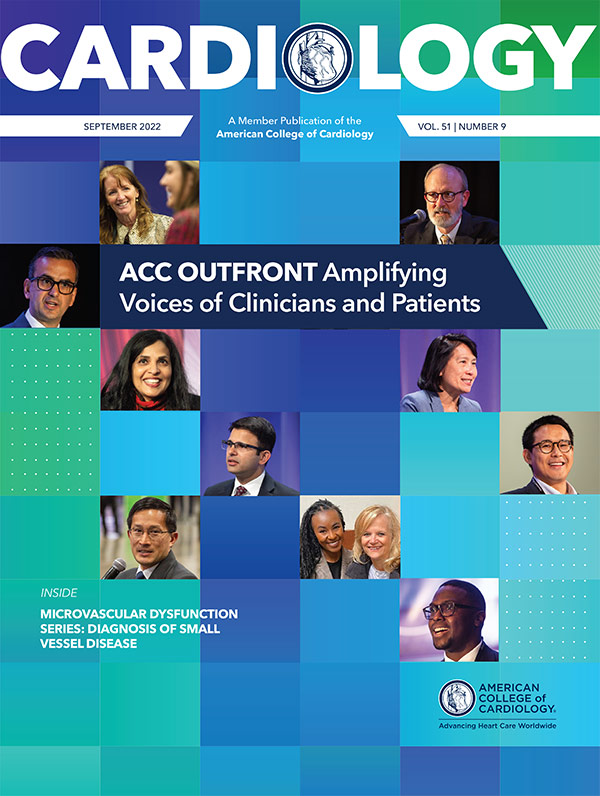Prioritizing Health | Neighborhood 'Redlining' Associated With Increased CVD Risk

The historical discriminatory housing policies known as "redlining" may be associated with cardiovascular disease and related risk factors today in impacted neighborhoods, more than 60 years after they were banned, according to findings from a recent study published in JACC.
Investigators, led by Issam Motairek, MD, and colleagues, used original Home Owners' Loan Corporation (HOLC) graded data to calculate the percentage of intersection between each graded neighborhood boundaries and the 2020 U.S. Census tract boundaries.
Neighborhoods were categorized in four groups from A to D, with redlined neighborhoods defined as D-grade census tracts.
All told, more than 11,000 HOLC-graded census tracts were included in the study, with >38.5 million inhabitants. Of the census tracts, the proportion graded A was 7.1%, B was 19.4%, C was 42% ad D was 31.5%. When these tracts were linked with the prevalence of cardiometabolic indicators, investigators noted the percentage of Black and Hispanic residents increased across the grades from A to D. Notably, there was a statistically significant increase in the prevalence of coronary artery disease, stroke and chronic kidney disease from grade A through grade D.
Find Your Community
ACC Member Sections are your connection with colleagues and a community focused on science, clinical practice and more. Click here to learn more about all the Member Sections, including Prevention of Cardiovascular Disease Section, as well as other benefits and resources for ACC members.
"We found neighborhoods with so-called better HOLC grades had higher cholesterol screening and routine health visits when compared to neighborhoods with worse HOLC grades. And the prevalence of adults 18 to 64 years old without health insurance nearly doubled from A- through D-graded areas," says Motairek. "In each stepwise increase across the HOLC grading spectrum, from A to D, we also observed an overall increase in rates of diabetes, obesity, hypertension and smoking."
According to the researchers, the association between redlining and the prevalence of cardiometabolic conditions further illustrates that historic redlining practices may impact contemporary cardiovascular outcomes by traditional and nontraditional risk factors. Residents of redlined neighborhoods, particularly minorities, are known to have lower access to public transportation, health care insurance and healthy food choices, which increases their risk for missed prevention and adverse health outcomes.
"We already know historic redlining has been linked with modern-day health inequities in major urban areas, including asthma, certain types of cancer, preterm birth, mental health and other chronic disease," says Sadeer Al-Kindi, MD, FACC, a senior author of the study. "While ours is the first study to examine the national relationship between redlined neighborhoods and cardiovascular diseases, it's logical that many of the socioeconomic, environmental and social impacts of redlining on other areas of residents' health outcomes would also be seen in heart disease."
Click here to read the full article. Click here to hear from ACC's President about the College's efforts to address health equity and disparities in care.
Clinical Topics: Acute Coronary Syndromes, Diabetes and Cardiometabolic Disease, Dyslipidemia, Prevention
Keywords: ACC Publications, Cardiology Magazine, Acute Coronary Syndrome, Secondary Prevention, Dyslipidemias
< Back to Listings

